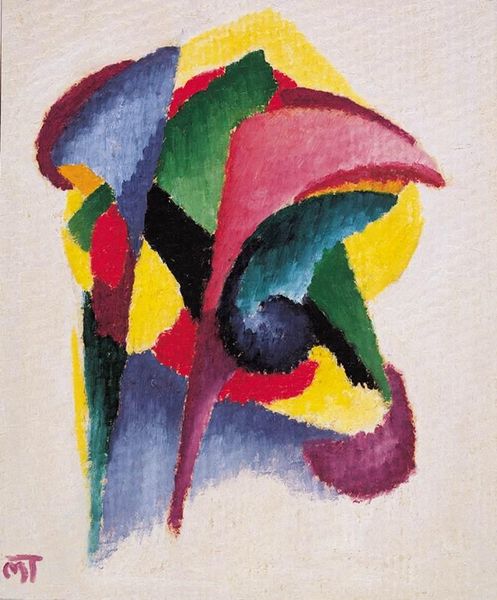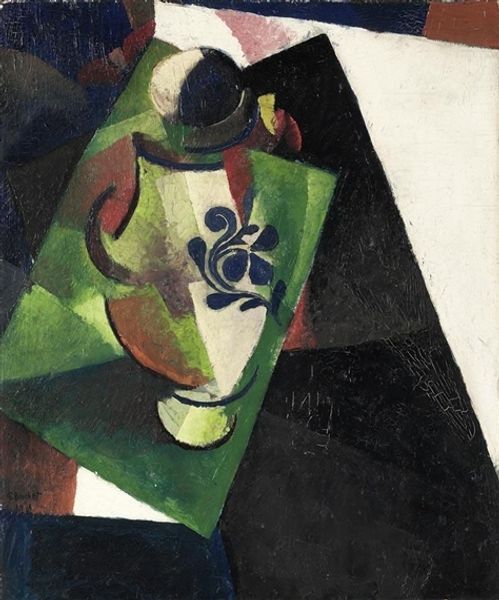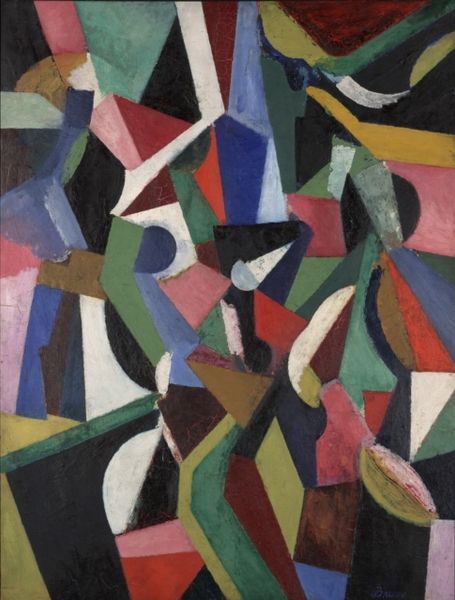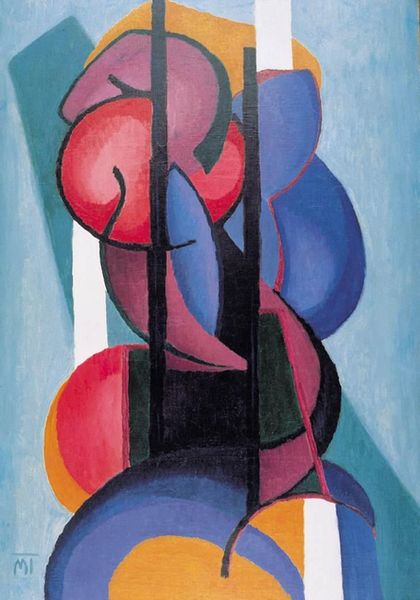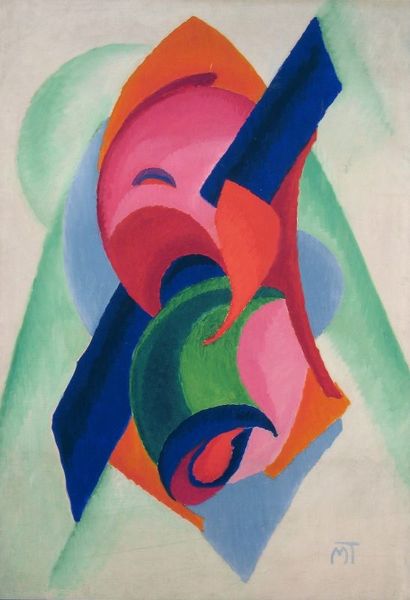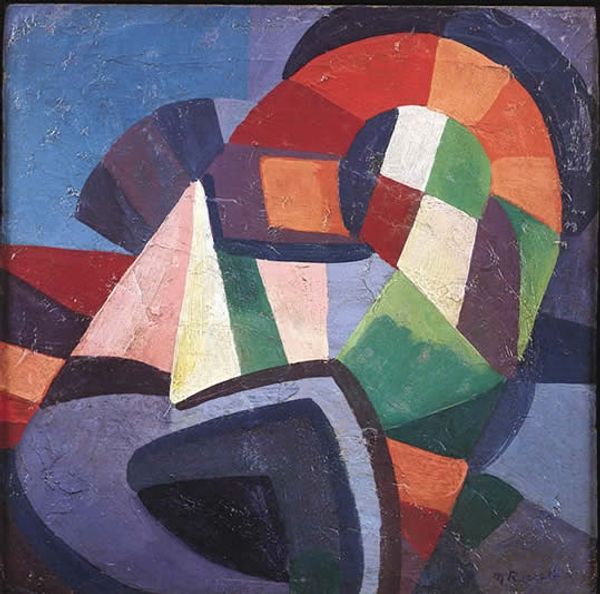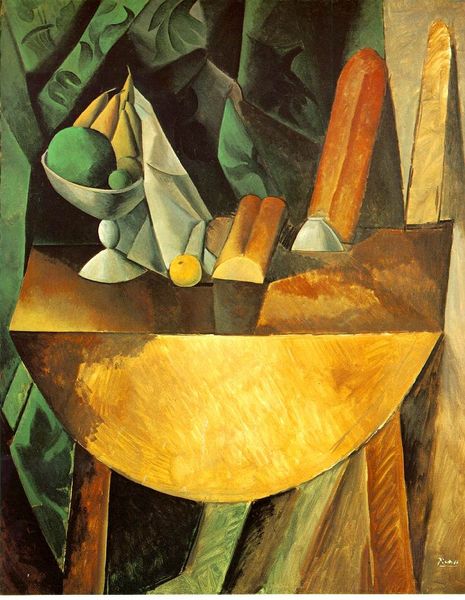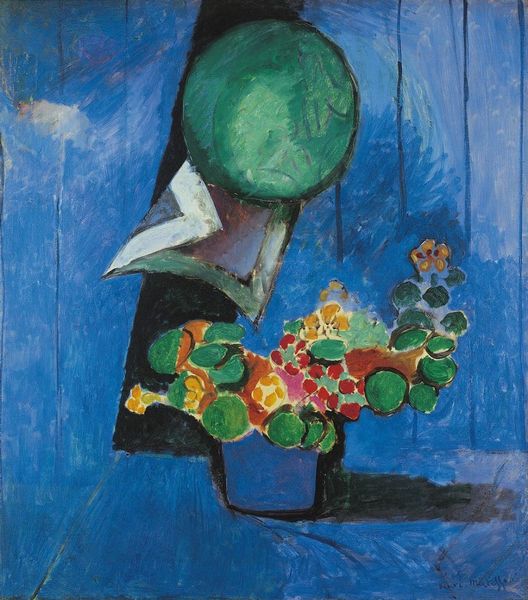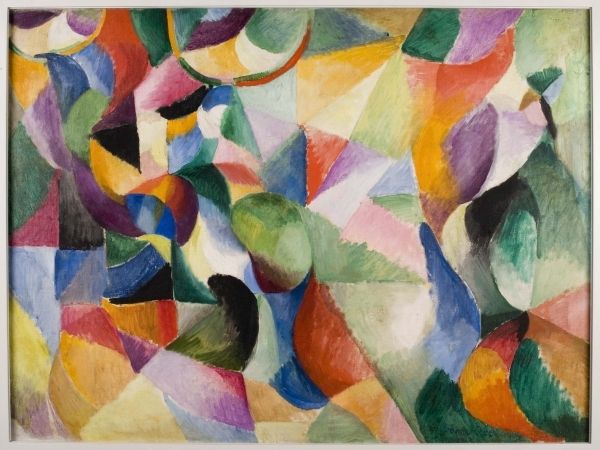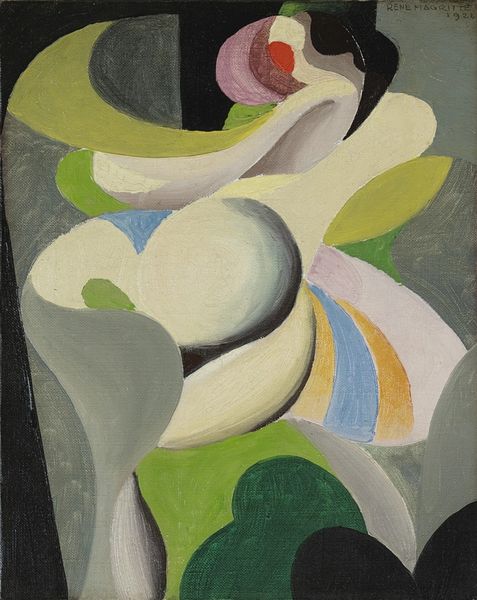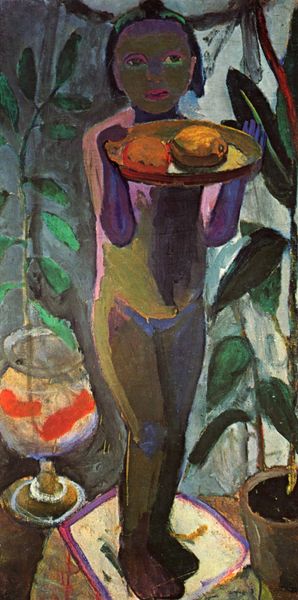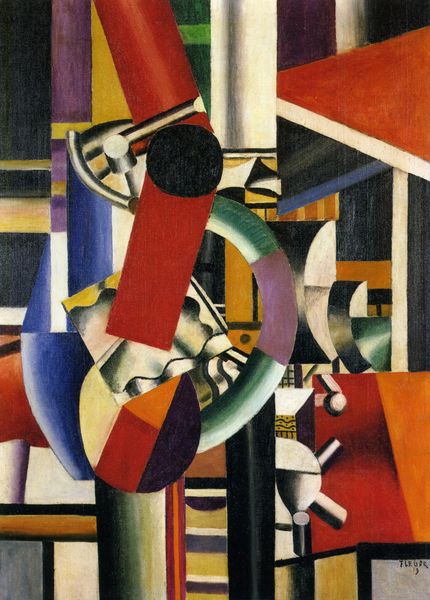
Copyright: Public domain
Theo van Doesburg made this painting, 'Composition I (Still Life),' using oil on canvas. It represents a move away from traditional representation. Made in the Netherlands, this piece reflects the social and cultural shifts happening after the First World War. Artists were rethinking the role of art in society, seeking a universal visual language that could transcend national boundaries and cultural differences. Van Doesburg, a founder of the De Stijl movement, aimed to create pure, abstract forms reflecting a utopian vision of harmony and order. The choice of simple geometric shapes, primary colors, and the grid structure echoes the era's embrace of industrialization and technology. We should consider the influence of art academies and exhibition spaces in promoting such art, along with the critics who debated its merits. To fully understand this work, we can consult manifestos, journals, and exhibition catalogs from the period. Art is always embedded in its time.
Comments
No comments
Be the first to comment and join the conversation on the ultimate creative platform.

